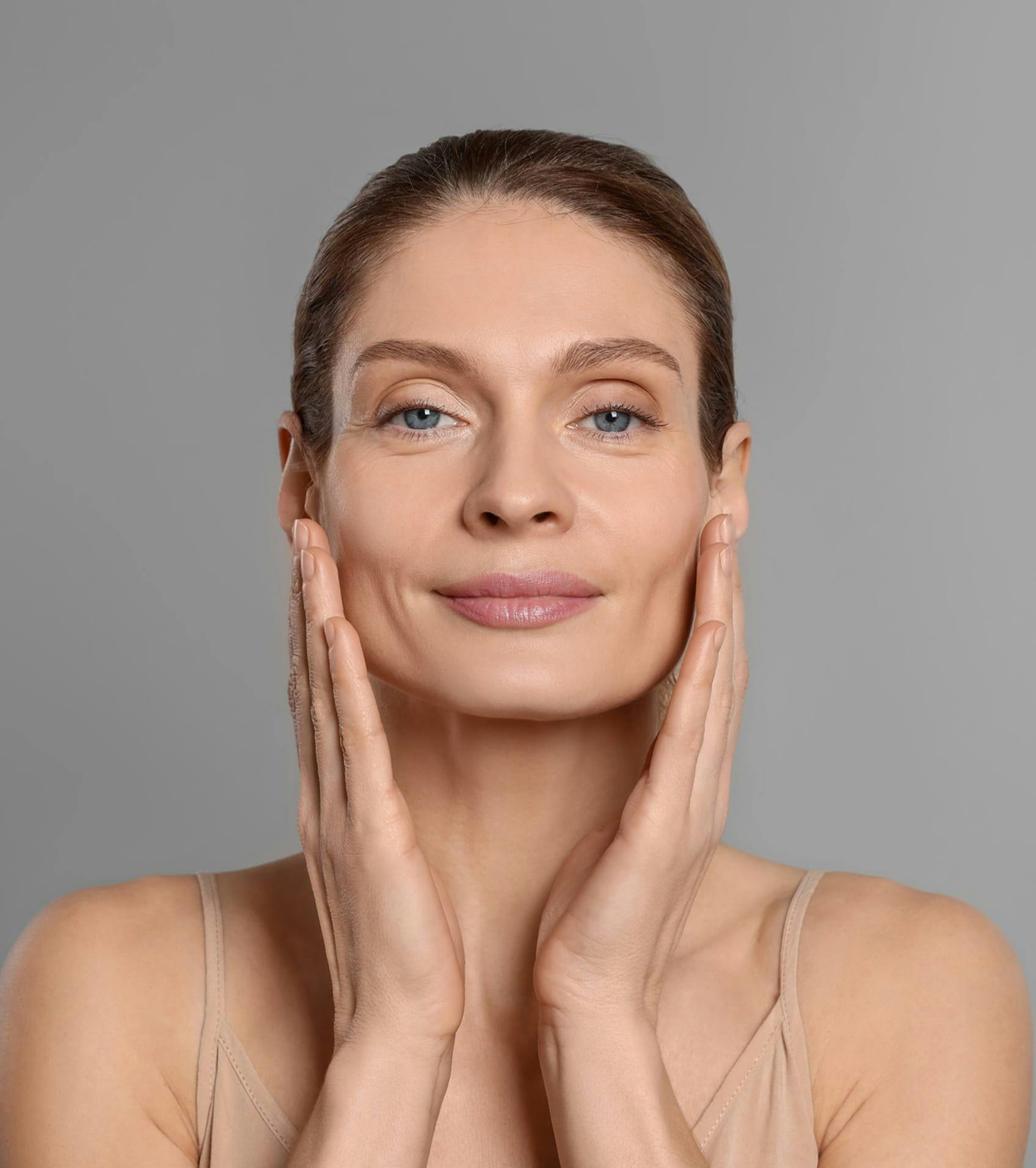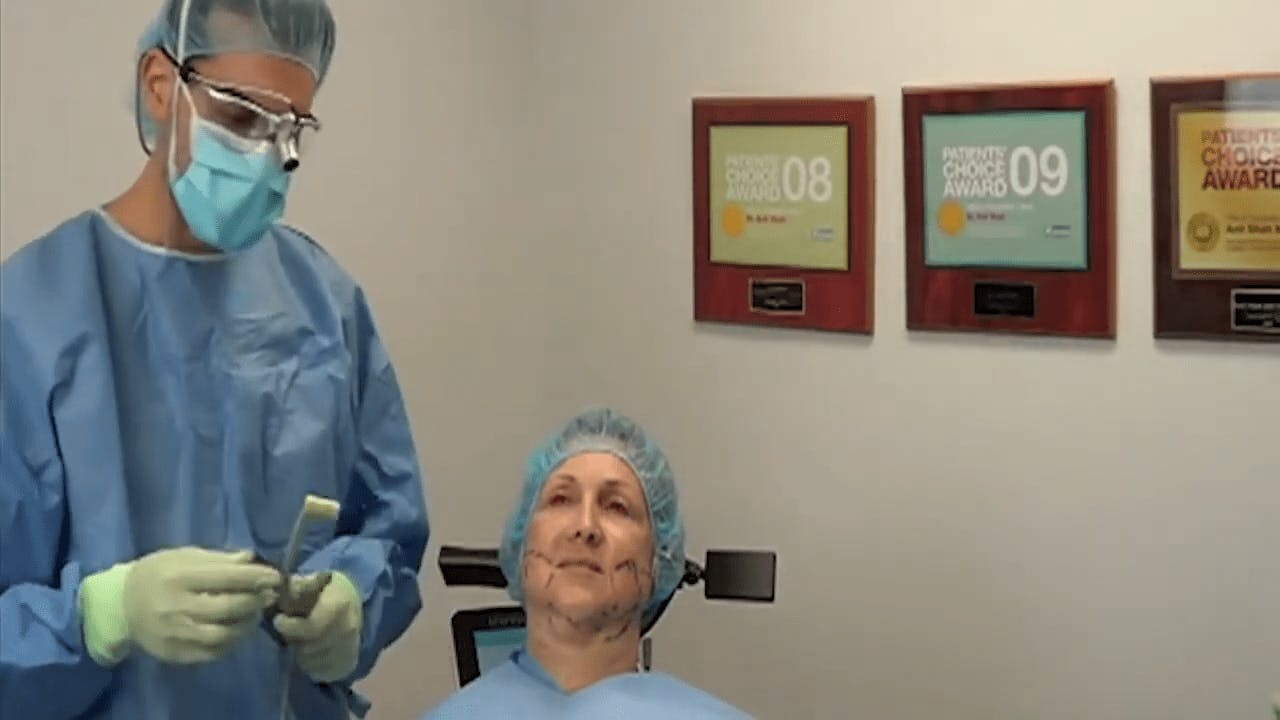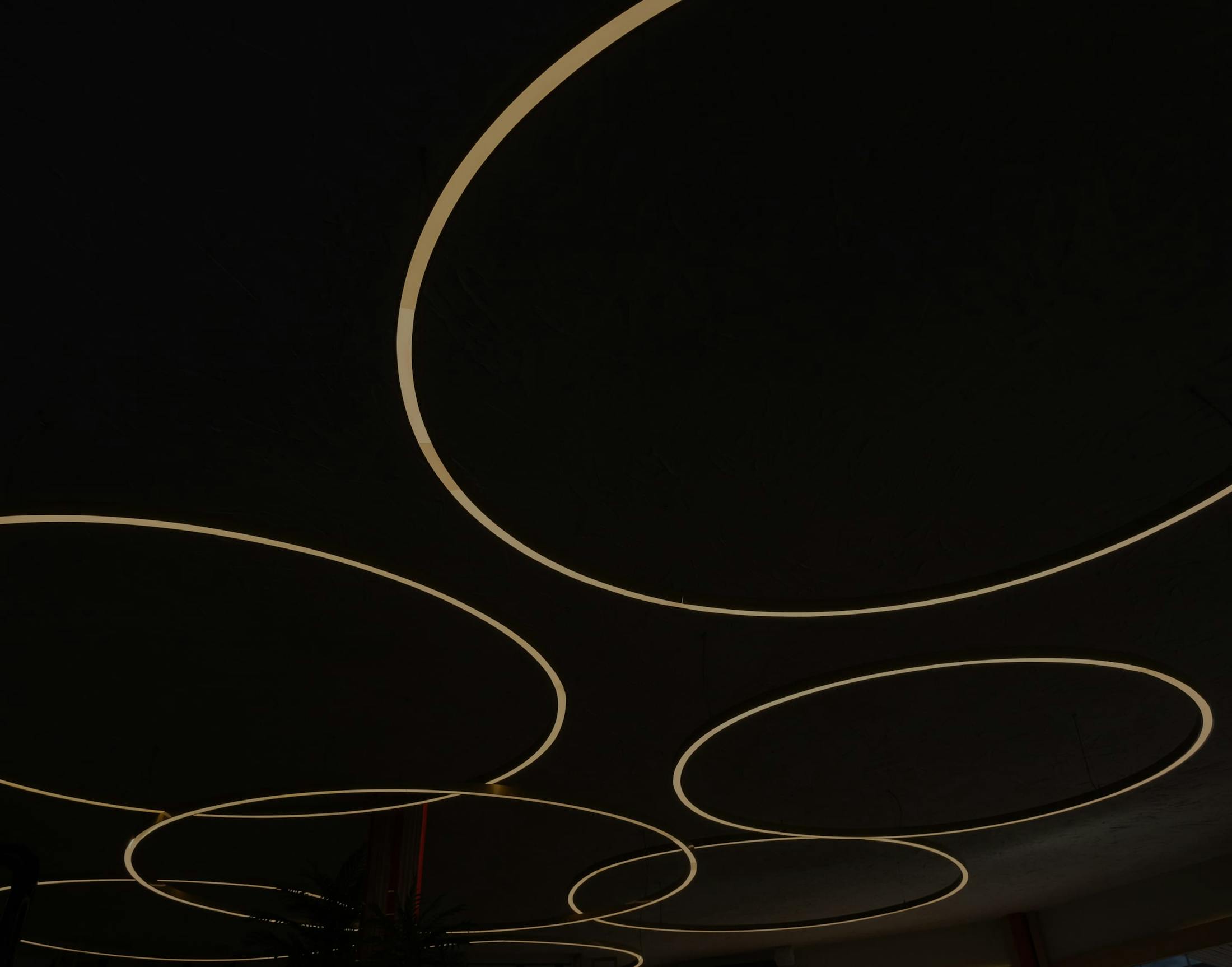One of the most requested demands from patients is a non-surgical facelift. There is a myriad of approaches to this, and with time surgical results and medical evidence have shown some winners and losers in this demand.
Revolutionizing Non-Surgical Facelifts
The nonsurgical facelift’s current and final evolution involves using a bottom-up approach. Here a probe is placed underneath the skin and used to contour and contract the skin. The benefit here is that controlled energy can be placed to cause real-time contracture of the skin. Here the epidermis is bypassed to avoid trauma, and more substantial results can be achieved. Examples of this technology include Facetite, Necktite, and Thermi RF. Facetite and Necktite use a controlled thermal field and so have the advantage of being used near the face’s medial portion. While this approach offers the closest alternative to surgery, it is important to note that it is not a substitute for a surgical equivalent (the traditional facelift).
With all of these technologies being used, a combination of techniques can be utilized to create improvement in the face and neck. For example, Facetite can be combined with Fractora for multiple-layer facial improvement.











